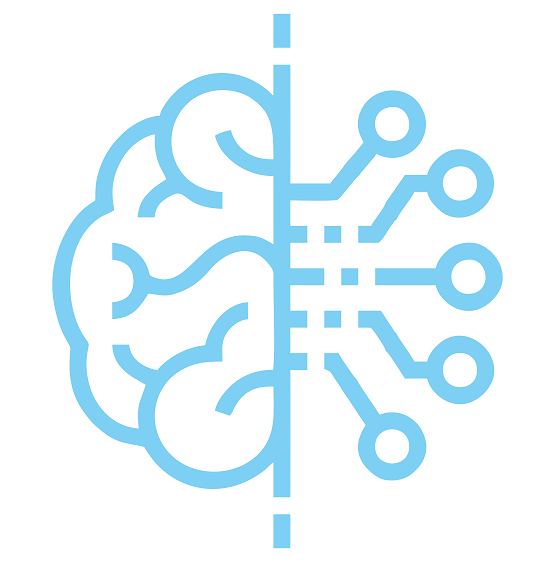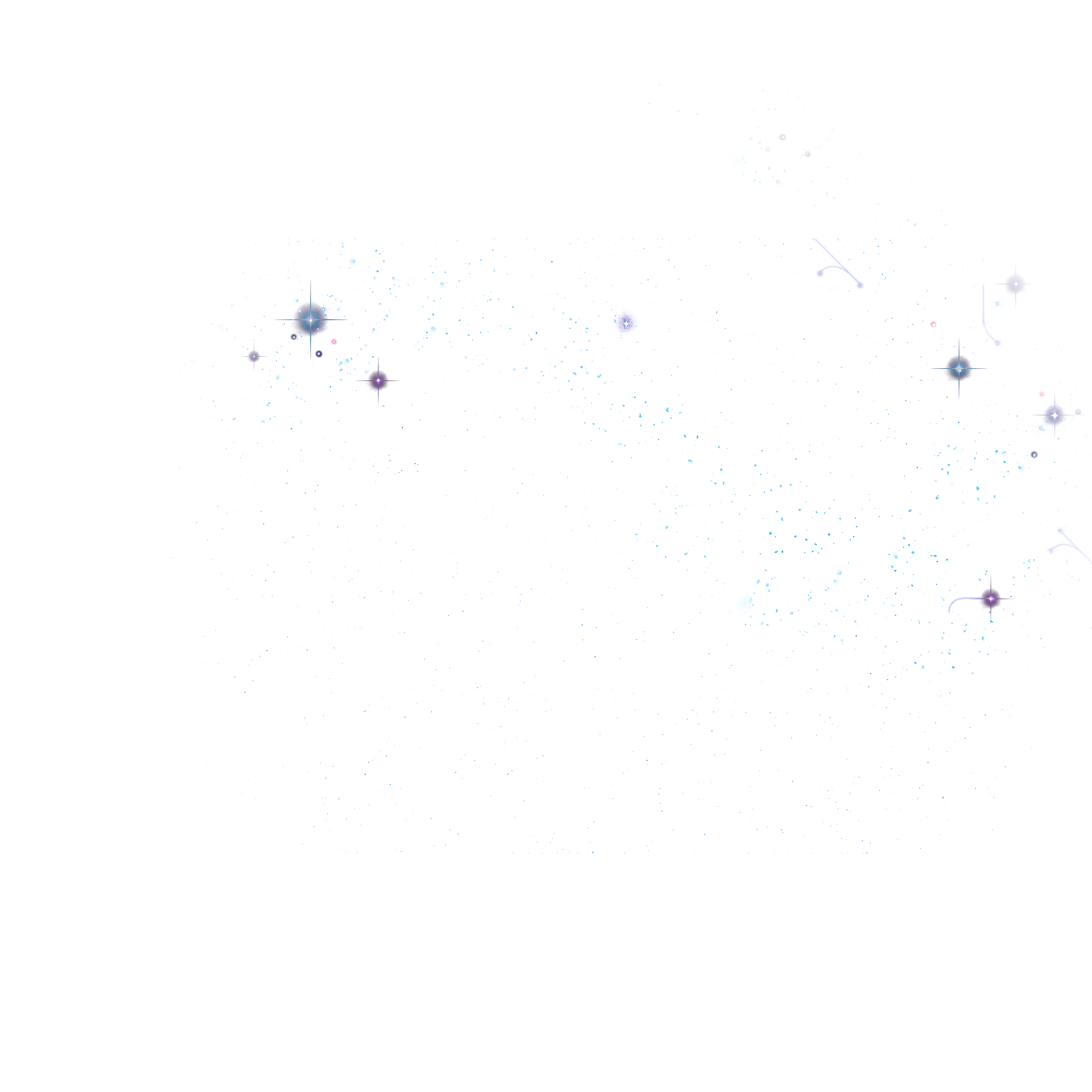Hi, I am Jinfen Li
A researcher in the field of Interpretability of Natural Language Processing.
An Interpretable-NLP Researcher
A Machine Learning Engineer
A Social Media Analyst
About Me
My research interests lie in Natural Language Processing and Explainable AI. I develop NLP algorithms such as multi-emotion recognition, discourse parsing and propaganda detection, and apply them to social science topics. Recently, I focus on improving human-AI trust by incorporating explainability into NLP models.

Education
- Ph.D. in Information Studies, 2021 - Present
- M.S. in Computational Linguistics, 2018 - 2020
Syracuse University, Syracuse, NY, USA
- B.S. in Computer Science, 2014 - 2018
Guangdong University of Technology, Guangzhou, China
Contact
- 📮Email: jli284@syr.edu
Projects
NLP models. I develop NLP algorithms such as multi-emotion recognition, discourse parsing and propaganda detection, and apply them to social science topics.
Interpretable Fake News Detection
- script.py
This tool is under developed
- Terminal
Given a news article and a query, our tool identifies the most important sentences in the article that are relevant to the query that indicates why the tool think the article is fake or not.
Interpretable Stance Separation
- script.py
This tool is under developed
- Terminal
The large langauge models mix different stances in each cluster, which we are trying to separate as well as maintain their semantic similarities.
Multi-emotion Recognition Using Multi-EmoBERT and Emotion Analysis in Fake News
- script.py
!pip install multi-emotion
from multi_emotion import multi_emotion
print(multi_emotion.predict(["I am so happy today"]))
- Terminal
[{'text': 'i am so happy today',
'pred_label': 'joy,love,optimism',
'probability': '[{"anger": 0.00022063202050048858},
{"anticipation": 0.007108359131962061},
{"disgust": 0.0006860275752842426},
{"fear": 0.00044393239659257233},
{"joy": 0.9998739957809448},
{"love": 0.8244059085845947},
{"optimism": 0.931083083152771},
{"pessimism": 0.0002464792341925204},
{"sadness": 0.007342423778027296},
{"surprise": 0.001668739365413785},
{"trust": 0.009098367765545845}]'}]
As shown in this Figure, some pairs of positive emotions are not as strongly positively correlated as others and are even negatively correlated. For instance, joy and surprise are weakly positively correlated, and love and surprise are negatively correlated. In our study, we capture the nuance of several emotion correlations using a transferable biaffine weight that captures latent feature correlation and further assists in emotion association.
Neural-based RST Parsing And Analysis In Persuasive Discourse
- script.py
!pip install rst-parser
from rst_parser import rst_parser
tree_results, dis_results = rst_parser.parse(["The scientific community is making significant progress in understanding climate change. Researchers have collected vast amounts of data on temperature fluctuations, greenhouse gas emissions, and sea-level rise.
This data shows a clear pattern of increasing global temperatures over the past century.
However, there are still debates about the causes and consequences of climate change."])
print(dis_results)
- Terminal
( Root (span 1 4)
( Nucleus (span 1 2) (rel2par span)
( Nucleus (leaf 1) (rel2par span) (text _!The scientific community is making significant progress!_) )
( Satellite (leaf 2) (rel2par Elaboration) (text _!in understanding climate change .!_) )
)
( Satellite (span 3 4) (rel2par Elaboration)
( Nucleus (leaf 3) (rel2par span) (text _!Researchers have collected vast amounts of data on temperature fluctuations , greenhouse gas emissions , and sea-level rise .!_) )
( Satellite (leaf 4) (rel2par Contrast) (text _!This data shows a clear pattern of increasing global temperatures over the past century . However , there are still debates about the causes and consequences of climate change .!_) )
)
)
The span represents the cover range of a sequence of EDUs; while the nuclearity status is the semantic role in a relation (i.e., nucleus or satellite). A text tagged by nucleus is more essential than the satellite. Conventionally, there are three nuclearity types including Nucleus-Satellite (NS), Satellite-Nucleus (SN) and Nucleus-Nucleus (NN). As for relation, there are mainly two types of relations: the mono-nuclear relation, such as “Attribution” or “Summary”, with the nuclearity type being either “NS” or “SN”; and the multi-nuclear relation, such as “Contrast” or “Same-Unit”, with the nuclearity types of “NN”.
BERT-based Models Design For Propagandistic Technique and Span Detection
- script.py
The pip-installable tool is under-developed,
but the source code is available.
- Terminal
In this paper, we develop two systems for two subtasks in the SemEval-2020 Task 11: (1) Span Identification (SI) (2) Technique Classification (TC) in News Articles respectively. The SI subtask focus on identifying fragments in a given plain-text document which contain at least one propaganda technique; while TC subtask aims to classify the applied propaganda technique given a propagandistic text fragment.
Empathetic Chatbot
- script.py
The pip-installable tool is under-developed,
and the source code is not available yet.
- Terminal
Chat screenshot with Verse22 about the experience sharing module
all projects
current projects
past projects
Publications
Conference, Workshop papers
Teachings
NLP, Applied Deep Learning .
Instructor: Lu Xiao TA: Jinfen Li Semester: Fall, 2021
Instructor: Acuna Daniel TA: Jinfen Li Semester: Spring, 2022
Notebooks
I am working on two notebooks.
Let's make NLP interpretable!
Interpretability opens an opportunity to understand the model and its predictions. It is a crucial step in the model development process. It also paves the way for sustainable and ethical AI.



